The last few years have been testing for Lillo and Robyn-Lee Bergh and their nine-year…
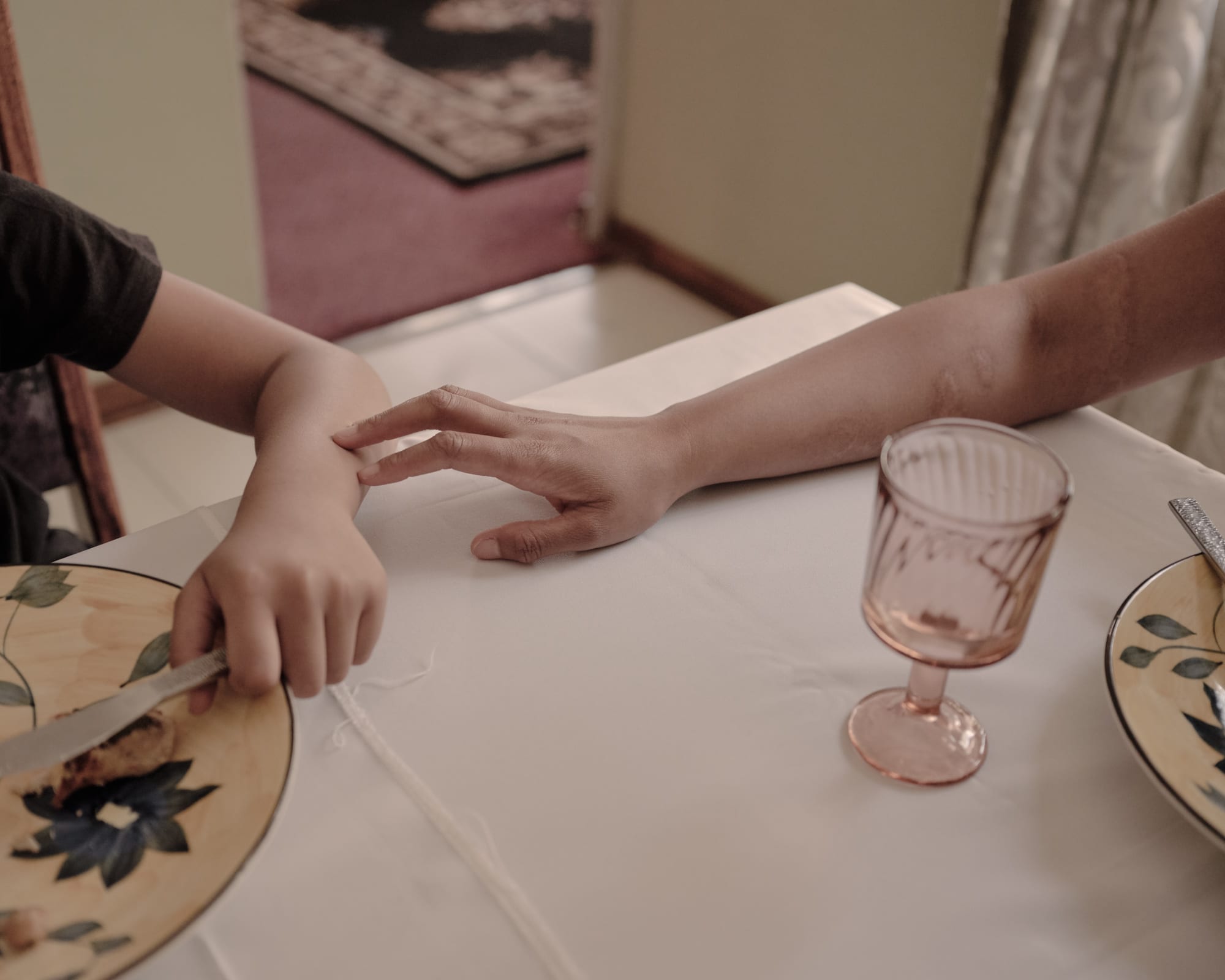

The last few years have been testing for Lillo and Robyn-Lee Bergh and their nine-year…
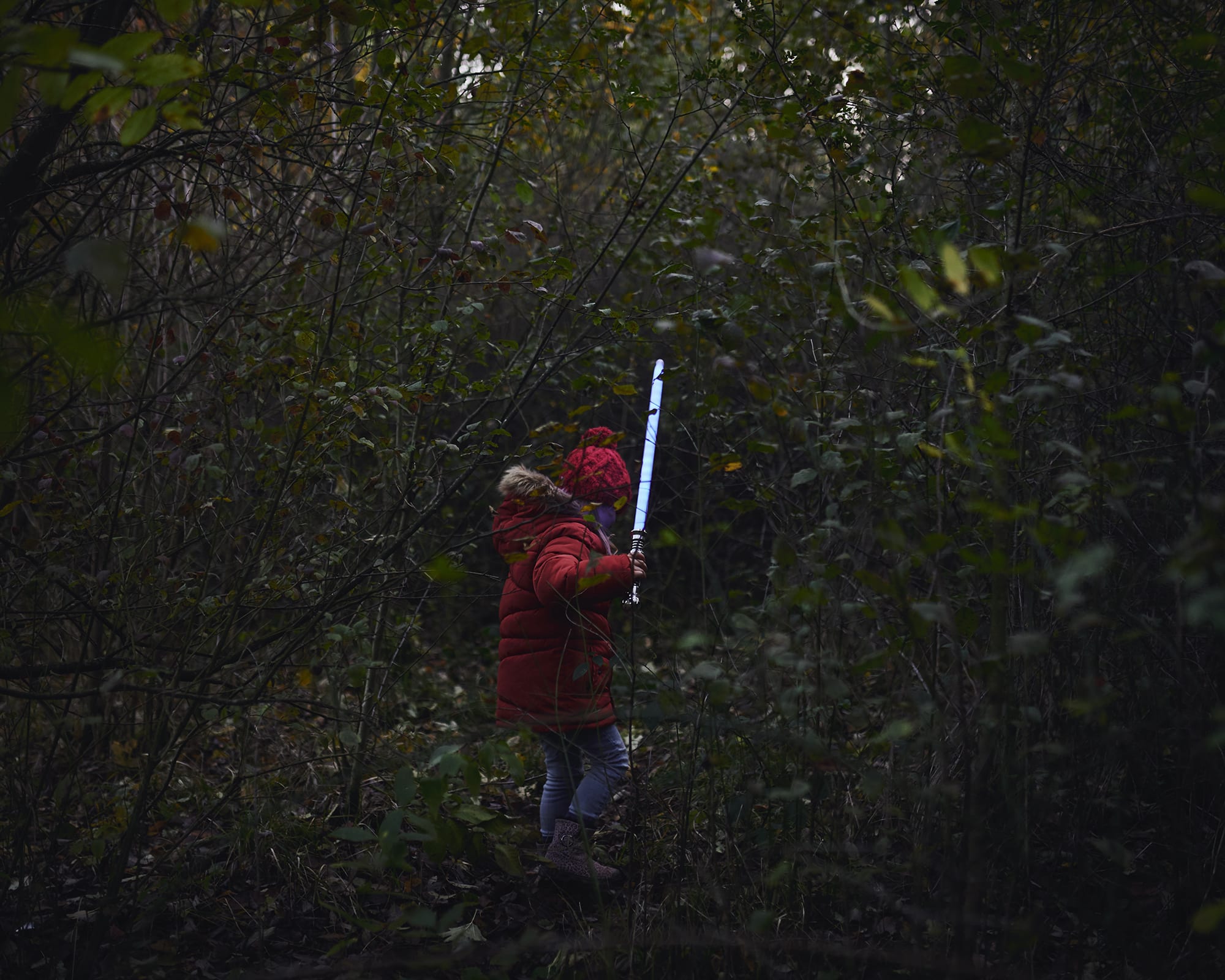
“Anybody can be anything,” says Benjamin Bedeman, talking about a subject close to his heart:…
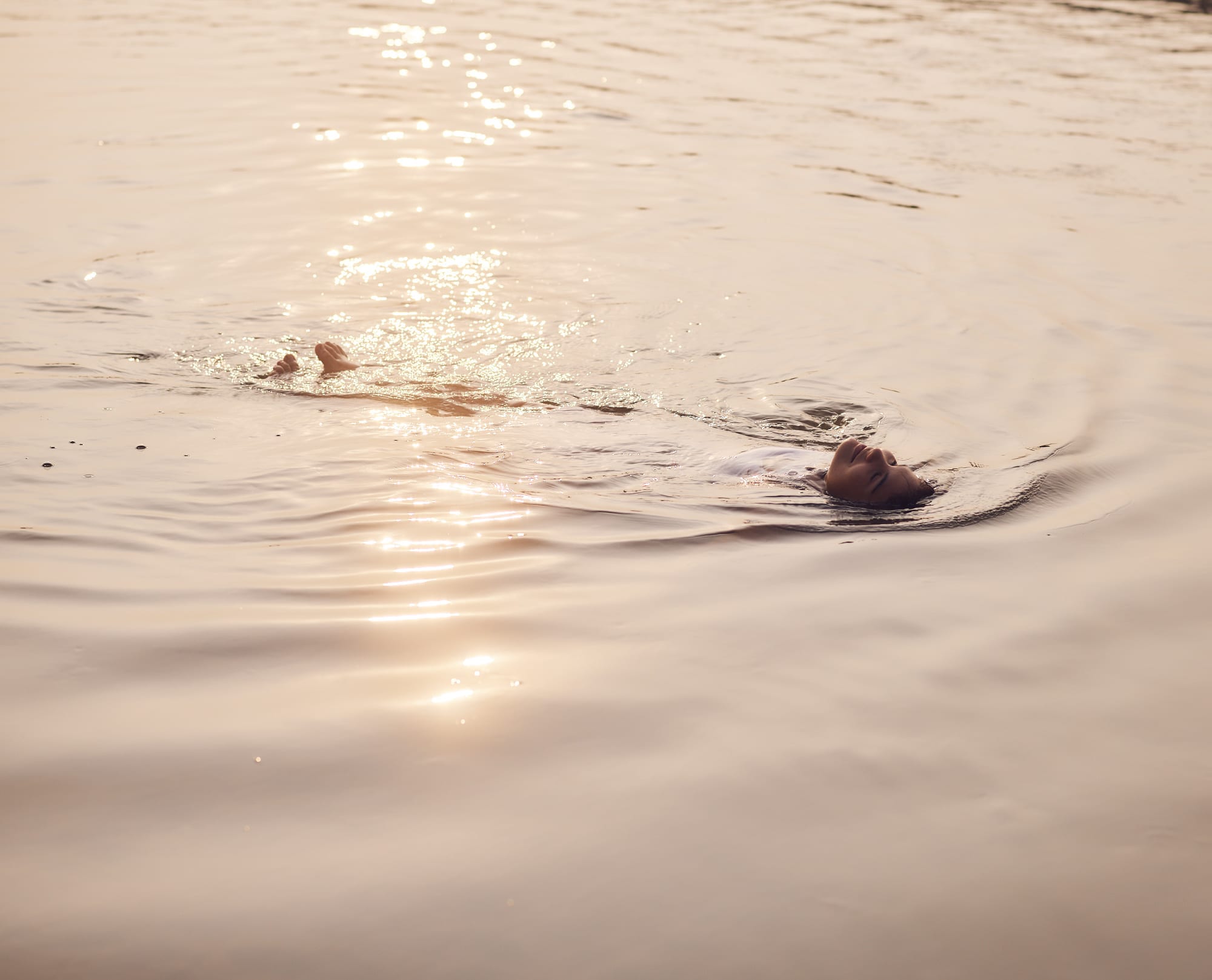
“This is a really interesting commission for me because I’ve spent most of my career…
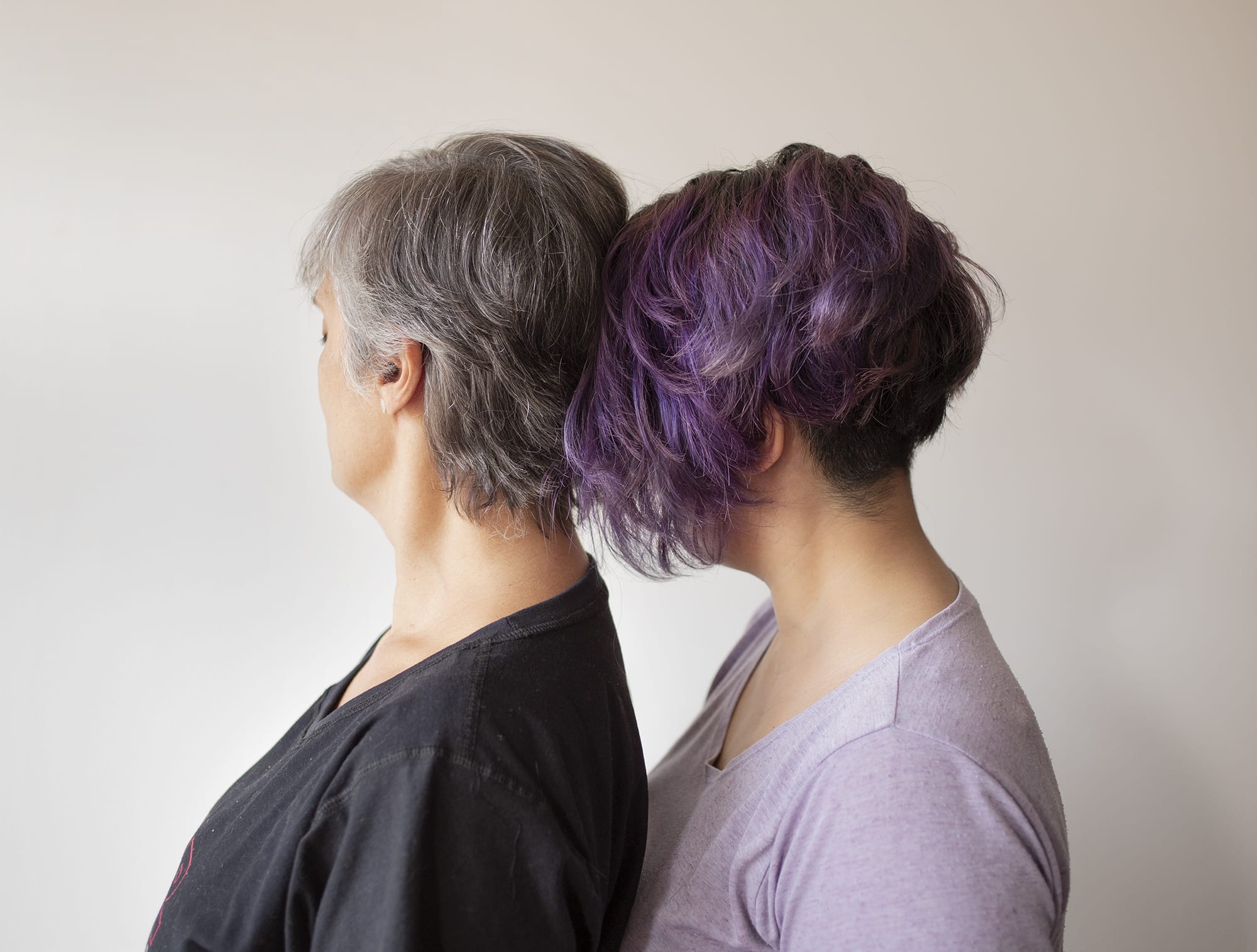
On the 19th of December (20th of December in the US), the Skywalker saga will reach its epic finale with Star Wars: The Rise of Skywalker. Ahead of its release, Star Wars Families presented by eBay, in collaboration with Lucasfilm, sees 10 photographers document families around the world as they each share their own Star Wars story.
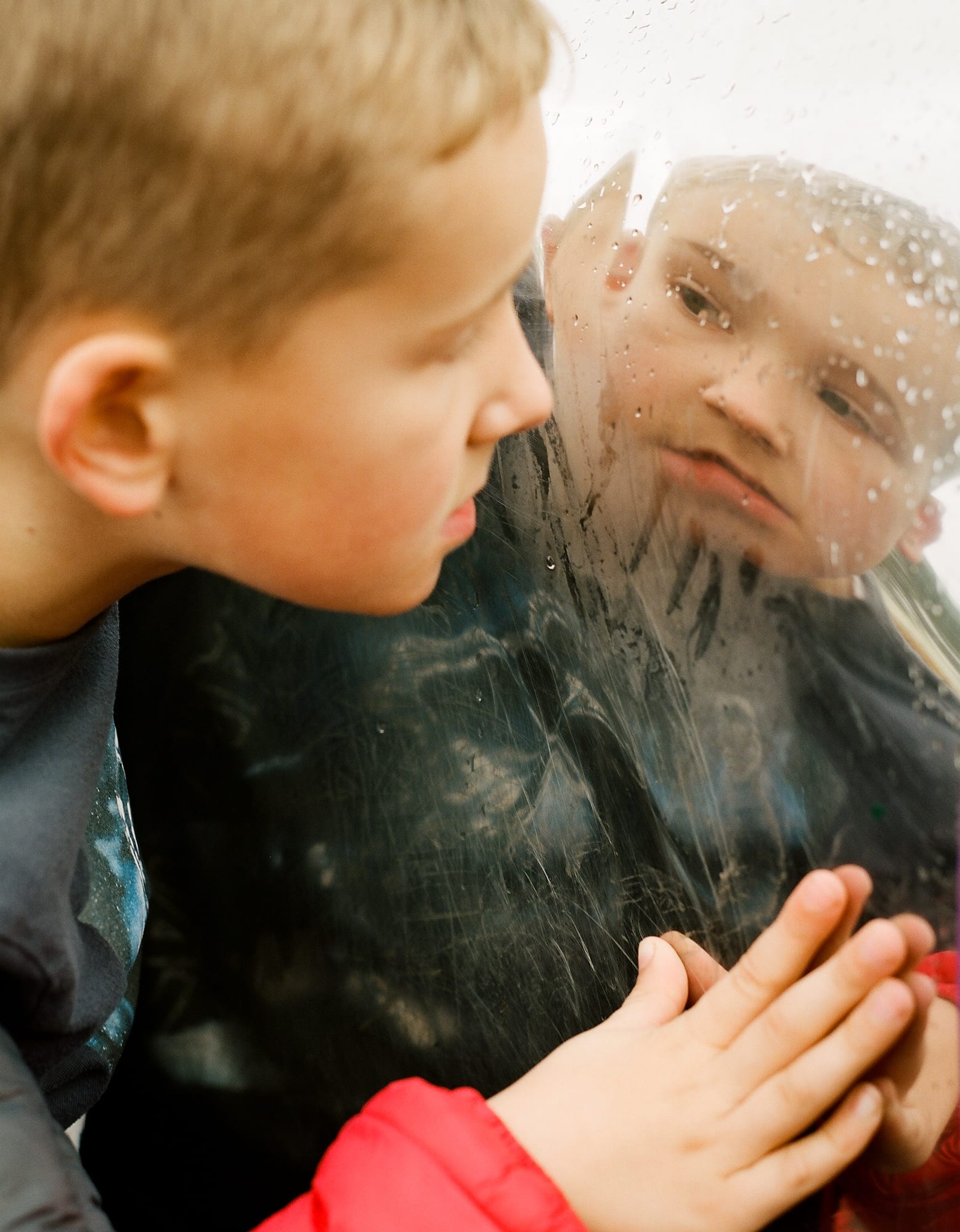
On the 19th of December (20th of December in the US), the Skywalker saga will reach its epic finale with Star Wars: The Rise of Skywalker. Ahead of its release, Star Wars Families presented by eBay, in collaboration with Lucasfilm, sees 10 photographers document families around the world as they each share their own Star Wars story.
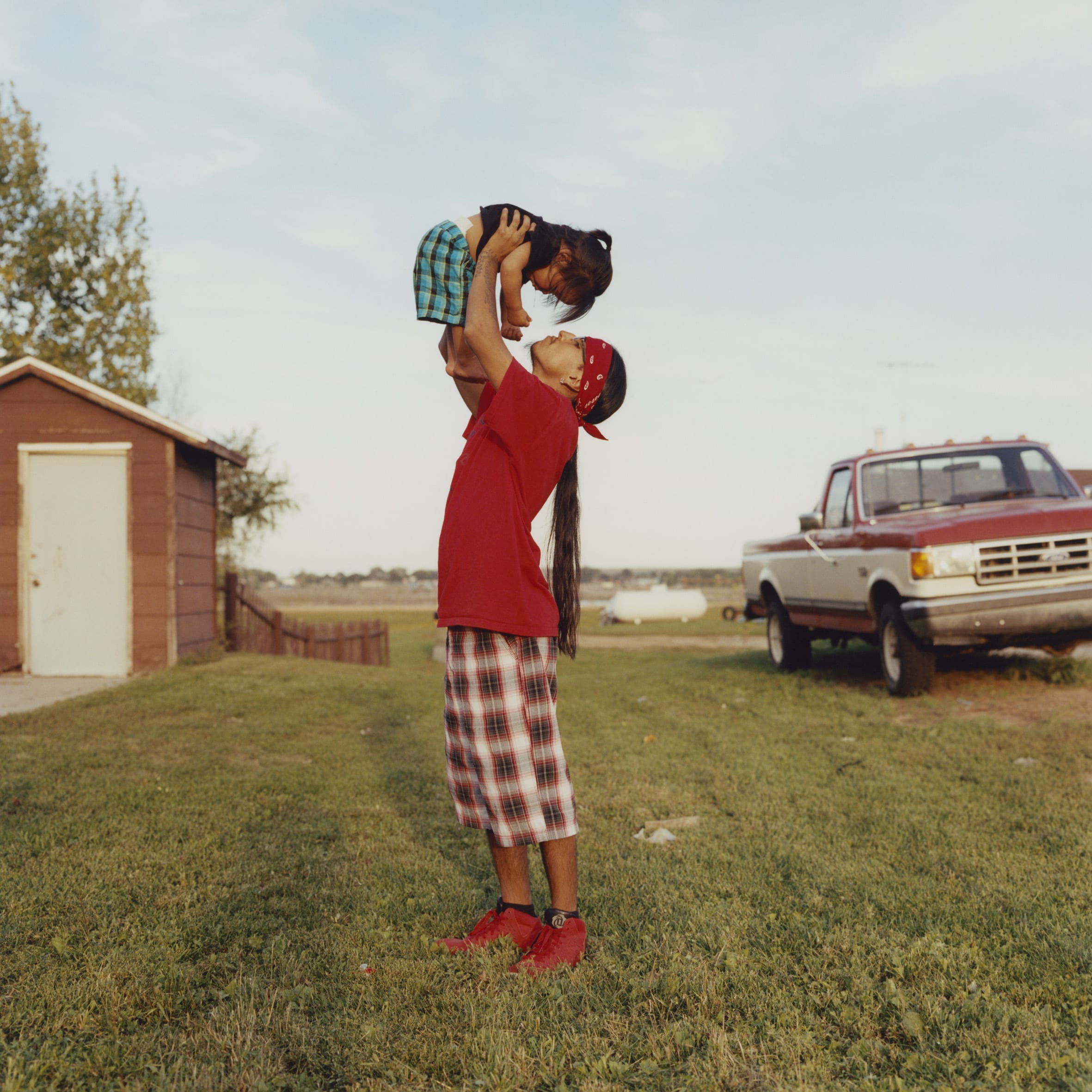
In advance of the release of Star Wars: The Rise of Skywalker, Lucasfilm and British…
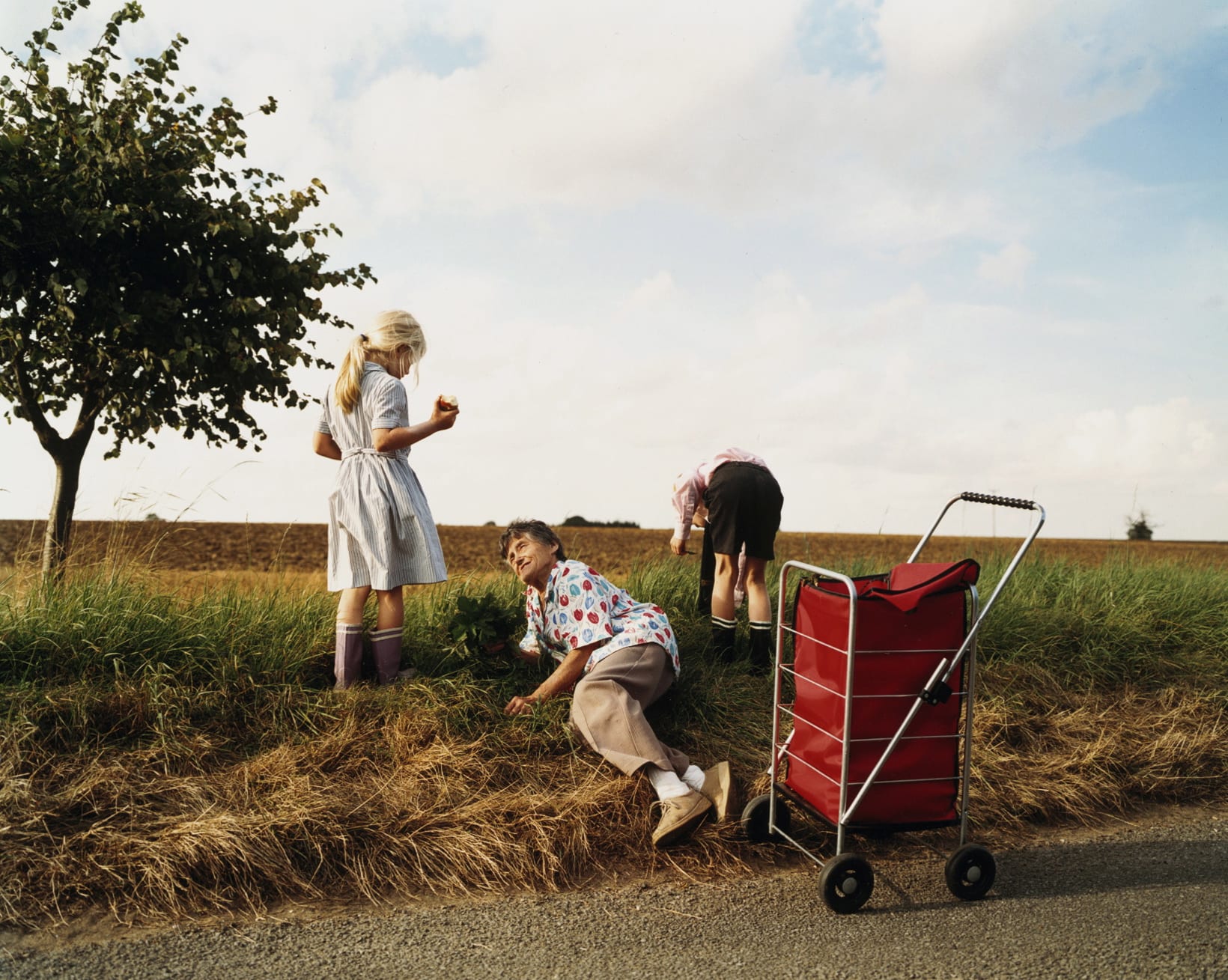
“I had learned that the best way to make meaningful photographs, as a photographer starting…

“It’s about family.” So said Carrie Fisher when describing the power of Star Wars, and…
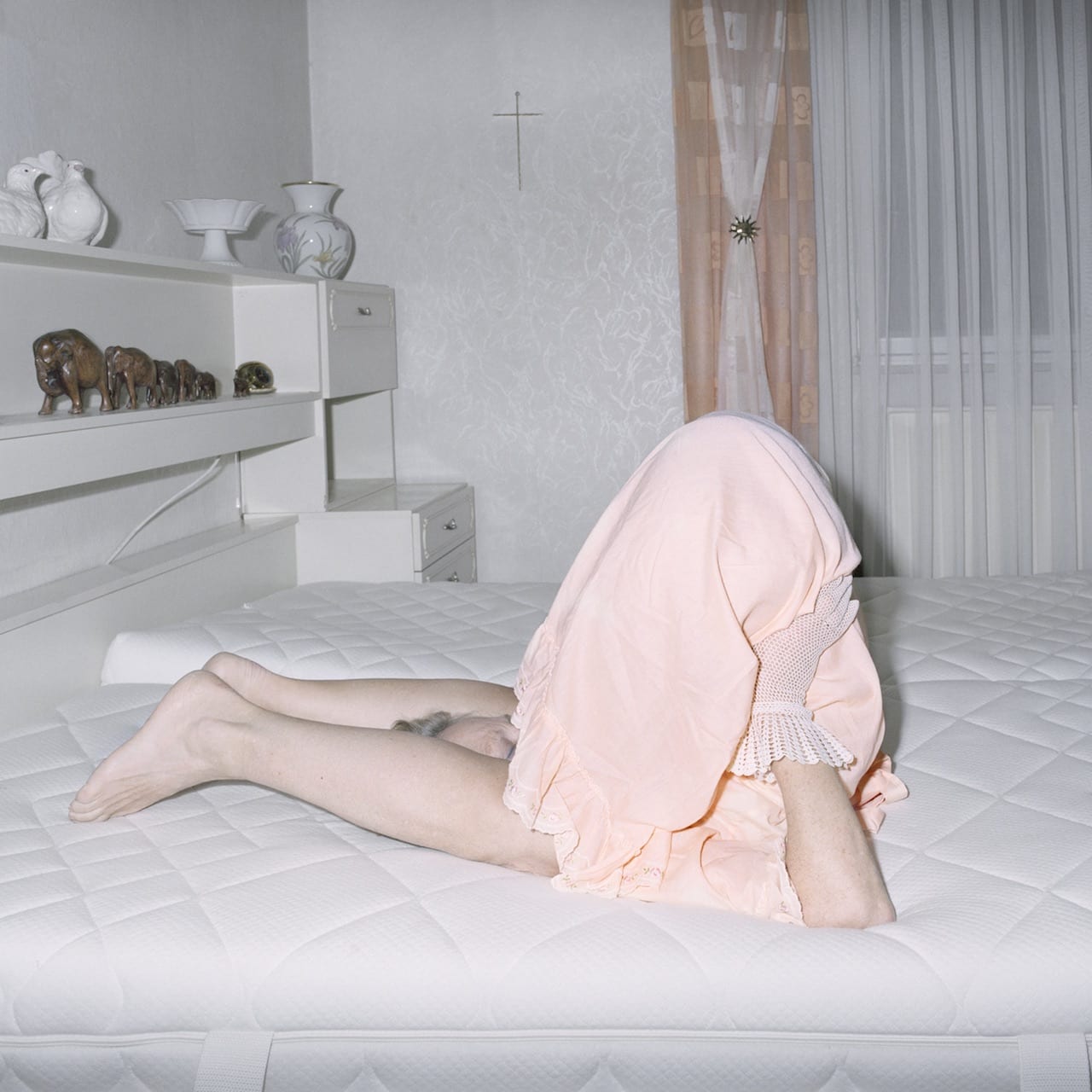
After losing both grandparents in the space of a year, Nina Röder and her family were faced with the challenging task of sorting out and selling their house – and with it, the inescapable matter of letting go. Röder’s project, Wenn du gehen musst willst du doch auch bleiben, takes its name from a sage observation made by her nine-year-old nephew, Luis, while they were packing up the belongings. Roughly translated, it means: ‘When you have to leave but you still want to stay’.
The unresolvable question of how to grieve is one that follows every death. For many, the photographic act can be a way of thinking through and processing difficult times. During the two-week period before her grandparents’ house was sold, Röder photographed her family in it – sometimes posing in their clothes and with their belongings – archiving its distinct aesthetic before it disappeared forever. “I wanted to show a different way of dealing with grief and loss,” she explains. “By staging absurd scenes with my mum, cousin and brother, we found a strategy of how to say goodbye.”
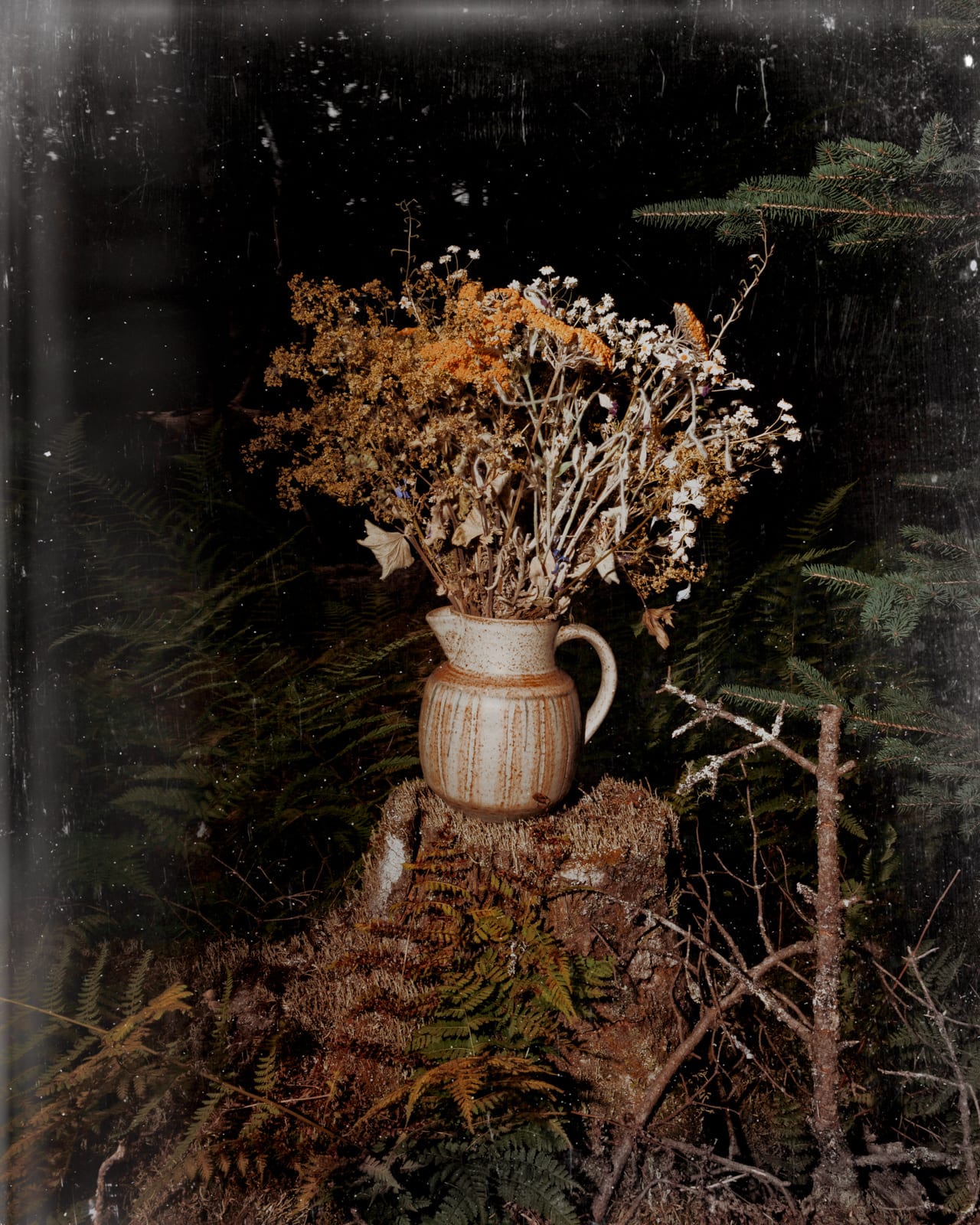
In the early 1900s, Paul Thulin’s great-grandfather settled on the coast of Maine, reminded of his homeland of Sweden. Thulin’s family has returned to Gray’s Point each summer ever since, and Thulin has been working on a project there, called Pine Tree Ballads, for over a decade. Initially inspired by his grandfather’s photographs, he hopes it has “a subtext of struggle and hope that mirrors my narrative sense of self and heritage”.
BJP: How did you first get into photography?
PT: My journey into photography started as a way to rebel against my growing contempt and frustration with the limits of language to effectively communicate. In 1996, I returned from a stressful year of studying Philosophy in a Master’s program at Syracuse University and I remember wanting to escape into the mountains to possibly join a Zen monastery. I wanted to meditate and remain silent in an effort to really just experience the world.
This desire led me to discover the writings and images of photographers Minor White, Frederick Sommer, and Emmet Gowin, as their mystical and spiritual use of photography intrigued me. Before I knew it, I borrowed a 35mm camera to try to make meaningful images of my own and I was hooked.